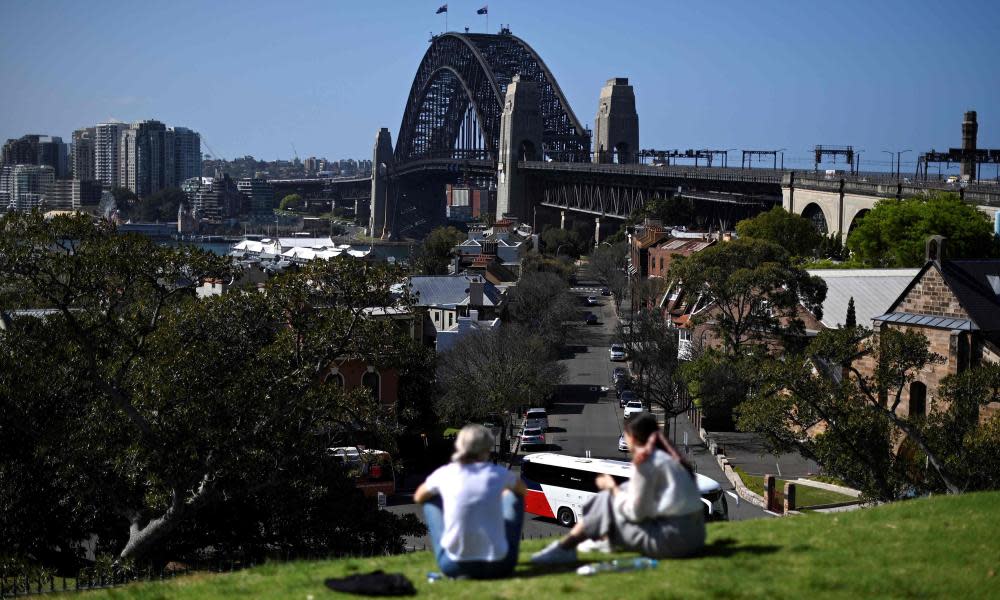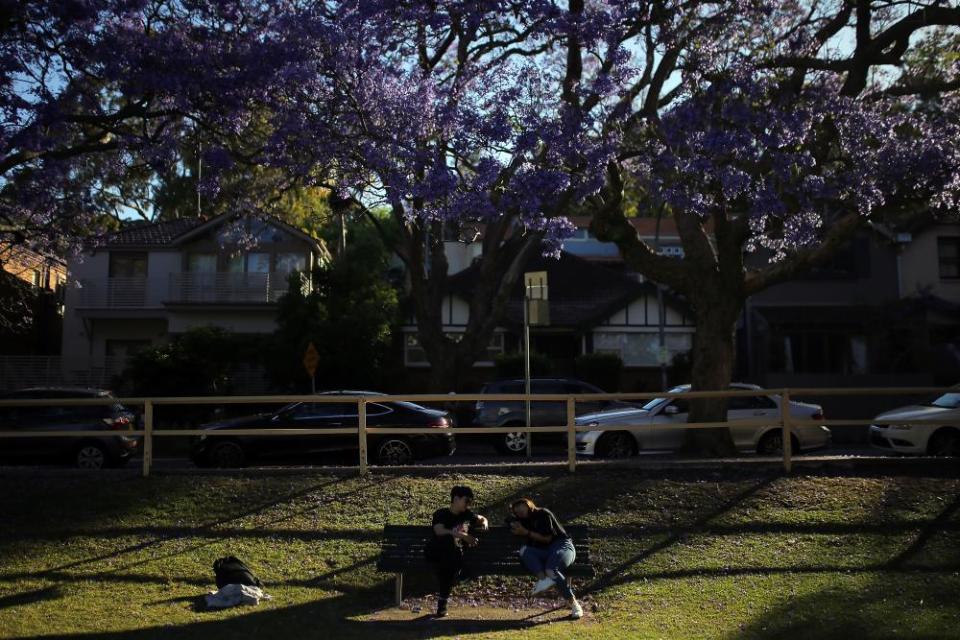A love letter to Sydney – the dazzling, uncaring lover I cheat on but always return to

My novel began as a letter I wrote to Sydney.
I had been reading one of the numerous odes to New York, filled with the gritty, loyal, weary but ecstatic love that city conjures in its inhabitants, and I started thinking about my own home town.
Growing up, like so many, I had been shaped by coming-of-age stories set in the great cities of the world: New York, London, Dublin, Paris. I was raised on a diet of James Joyce, JD Salinger, Henry James, Charles Dickens, Italo Calvino, Kazuo Ishiguro, Sylvia Plath. The cities their characters inhabited always felt more real and more formative in my own coming of age than any place in Australia. It also meant that when I later travelled to the other side of the world and made friends, we shared a literary language. There was something affirming in this experience: with the arrogance of youth, I convinced myself I had escaped the narrow parochialism of my country and my parents’ generation, and was now part of the sophisticated wider world, with its tapestry of influences. I had certainly never thought I would set my first novel in my own city.
At the time I began my letter, I was angry at Sydney. I felt its limitations like my own skin. It seemed as though Sydney was taking everything I held dear away from me. I had lost partners, friendships and I was losing my father. The real estate market was so competitive and the cost of living so high that I was continually losing secure housing. I was approaching 30 and most of my friends had left the city. I would spend nights awake trying to work out how exactly I was going to eke out a living here so I could stay. I felt a childish hurt, as though I was being rejected by my own family. All the indicators of social belonging – love, family, birth and death – seemed to count for so little compared with mortgages and job titles.
Sydney, city of glitz and corporate finance, didn’t feel like a place that could nurture alternative, artistic ways of living, let alone provide support for those forced to exist in the margins. I found myself thinking about what happens when you live at a different pace, in discord, against the beat of your own city, or your own body, or your own being? A lot has been written about the rhythms of cities and what it means to walk through urban streets, to follow the maze of signs with their imperatives. Stop. Cross. Give way. How we each become part of a city’s natural pace; how we become its blood cells rushing towards the pulsing heart of the city centre. It made me think about the idea of mapping memory on to the city, and the ways in which the city in turn leaves its mark on you.

The letter grew longer. It seemed I had a lot to say to Sydney.
I wrote about its beauty but also the darkness that lurks in so much of its history and culture. How the Harbour Bridge climbers appear overhead in their harnesses and safety helmets, the only ones with a full view as we build our expanding myth of a sparkling city.
I wrote about Sydney’s share houses, ocean pools, jacaranda-flooded streets, sandstone walls, rickety railways and secret suburbs. I wrote about waves of silt, and heartbreak, and shale, and laughter. I thought about the difference in writing on place as an outsider versus an insider, and the challenges of othering and familiarity. I found myself re-reading those who delight in the texture of Sydney’s urban sprawl: Melina Marchetta, Patrick White, Michelle de Kretser, Ruth Park, Christina Stead, Gail Jones.
In so many ways this city felt like a lover: a lover I had cheated on so many times, laughed at cruelly behind its back, pointing out its flaws to others, only to crawl back into the folds of its bed. A lover that at other times, I sat with in the dead of the night and listened to intently, when its southerly wind howled, its ocean hissed, its eucalyptus leaves crackled. I have embedded its stories into mine. I was in love, despite myself.
And so, the letter took form as a novel; one that explored universal experiences of loss and love and grief, but set against the backdrop of local streets and landmarks that formed me, growing up here, in Sydney.
Kavita Bedford’s debut novel, Friends & Dark Shapes, is out now in Australia through Text Publishing, and in the US through Europa next month


